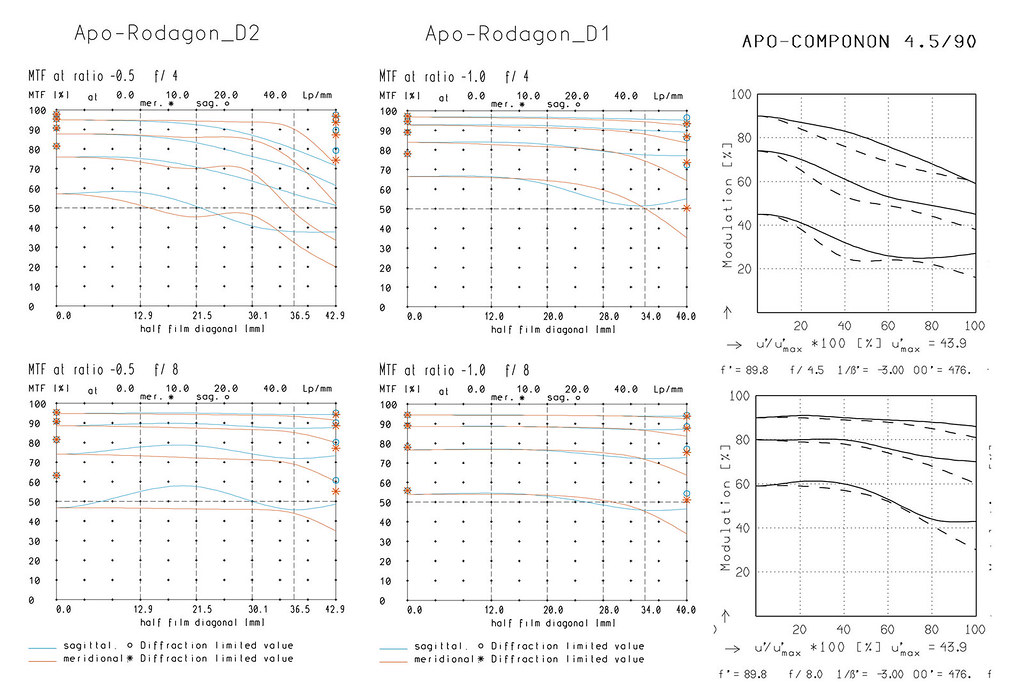I personally think it is a stripped down version of the Apo Rodagon D 75mm in 1x version!
1x version: http://www.macrolenses.de/ml_detail.php?ObjektiveNr=154
2x version: http://www.macrolenses.de/ml_detail.php?ObjektiveNr=253
I also have a f4 version of the same lens, so it seems to be common that Rodenstock made special, industrial versions of that one.
http://www.macrolenses.de/ml_detail.php?ObjektiveNr=123
MTF in comparison:
Full lens + MTF (also f5.5) data is here (n german): http://www.rodenstock-photo.com/medi...3-62__8225.pdf
.






 Reply With Quote
Reply With Quote
 )
)



Bookmarks